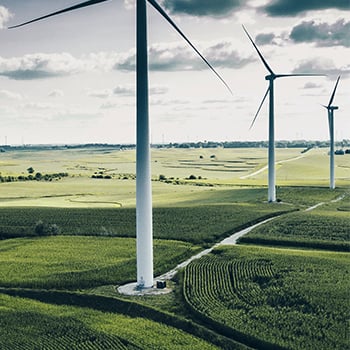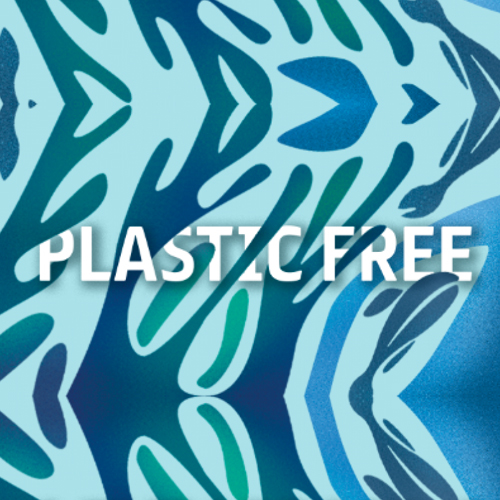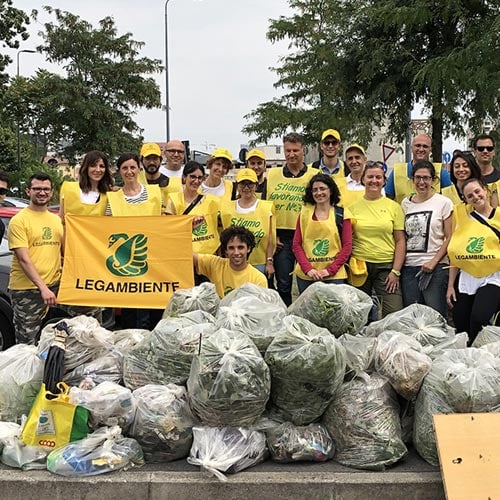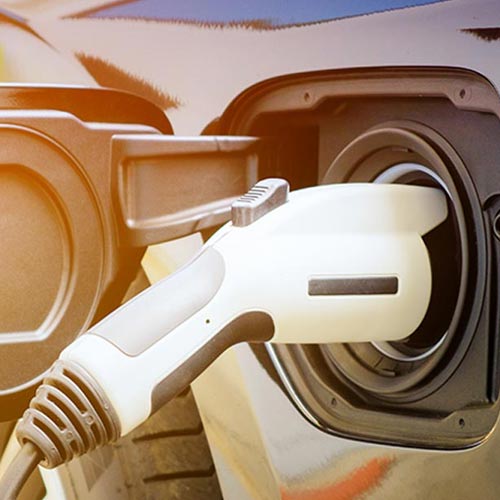Prysmian’s supply chain becoming more sustainable
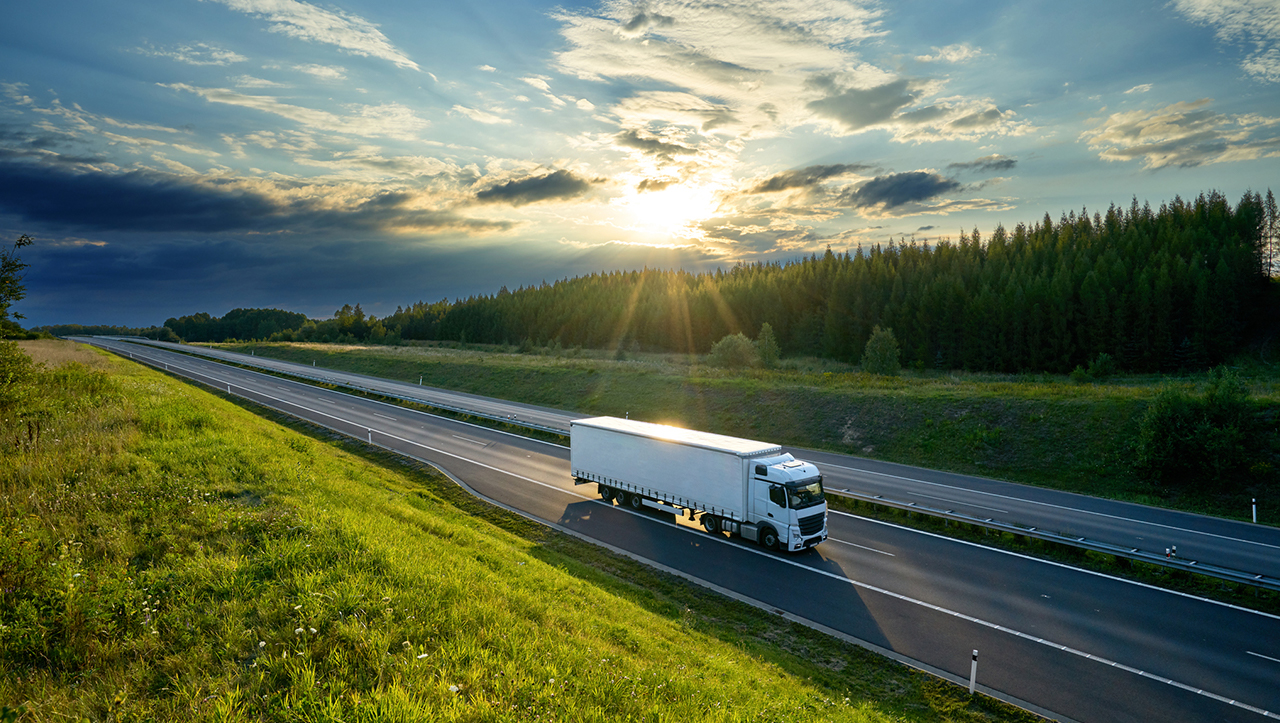
After a successful test phase in Italy last year, Prysmian Group now plans to expand a pilot project that measures supply chain C02 emission levels in partnership with GreenRouter to cover other geographic areas starting with northern Europe, said Prysmian Group Supply Chain Director Ferdinando Quartuccio.
“Air pollution is a very serious issue facing businesses today, and Prysmian in Italy has been a front runner in terms of measuring the environmental impact of our supply chain to see where we can reduce emissions,” says Quartuccio. “In the long term, this will be beneficial also economically, because we also cut waste. Our customers think exactly the same way.”

Ferdinando Quartuccio
Supply Chain Director
Ten years ago, sustainability was seen by industrial groups as an “optional.” Today, it is part of the business plan. Companies routinely measure and set reduction targets for plant emissions and energy use. The world’s largest corporations are now also ramping up efforts to cut emissions across the supply chain, according to a report from global disclosure group CDC in 2017. Prysmian distributes 1.8 million tons of energy cables around the globe. These days, when utility companies award a tender, they are increasingly including a reduction of greenhouse emissions as one of the elements of evaluation.
Supply chains are a “critical focus” for global corporations to reduce their carbon impact in the light of the Paris Agreement which calls for greenhouse gas emissions to fall to net-zero before the end of the century, CDP says.
Ikea began tracking its supply chain emissions in 2014. Kering said in 2017 it wants to reduce emissions from its business activity including supply chain by 50% in 2025. Amazon in February 2019 announced it has set a goal of net zero emissions for 50% of its shipments by 2030, and that it will soon release details about its carbon footprint. Prysmian’s first step in cutting its supply chain’s C02 emissions that cause greenhouse gas was to measure emissions from transportation of finished product, which typically fall into Scope 3 category. To do this, it turned to Milan startup GreenRouter. In the second half of 2017, GreenRouter and TecnoBi, Prysmian’s main third-party logistics partner, began mapping transportation flows to customer destinations in Italy from 4 plants - Giovinazzo, Merlino, Pignataro, Quattordio – and a warehouse in Boffalora. In twelve months, it looked at 3,676 trips to 579 destinations. The pilot continued throughout 2018, and showed that Prysmian’s supplier emissions are on a downward trend, thanks to actions already being taken by the logistics companies themselves.
GreenRouter has developed a proprietary software enabling it to monitory each truck at delivery level, from plant to final destination. The software also lets companies run simulations to gauge the impact of actions, like, say, shifting to less-polluting train or a new truck fleet.
“It is estimated that Scope 3 emissions, among which are emissions from transportation, can make up to 80% of greenhouse emissions of a company,” said Andrea Fossa. “So it is really relevant and it’s an area where a company like Prysmian can play a very important role.”
Prysmian published a Sustainability Scorecard in 2016 setting guidelines for all Group companies and operations, calling for a reduction in greenhouse gases (Scopes 1 and 2) by 15% in 2020 in its own plants and energy use. The pilot project with GreenRouter could lead to Prysmian setting emissions reduction targets also for its supplier network, said Quartuccio. The Group has already joined the SmartWay Transport Partnership US, which provides a framework to assess the environmental and energy efficiency of goods movement supply chains in collaboration with the Environmental Protection Agency.
“We will ask our key supplier to go in this direction also with efficiency actions,” he says.





